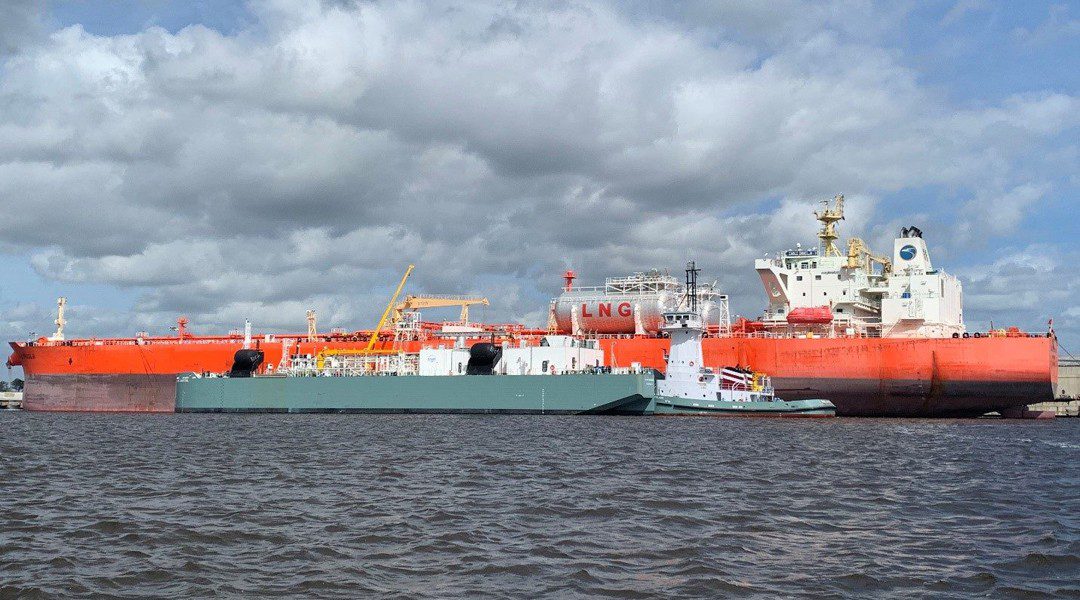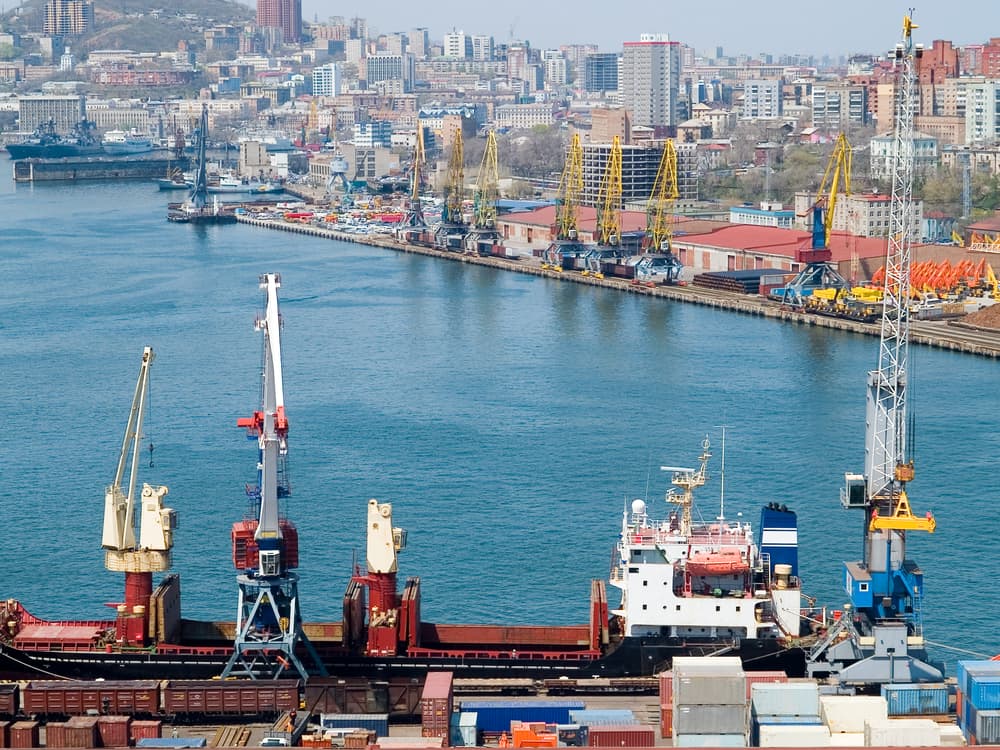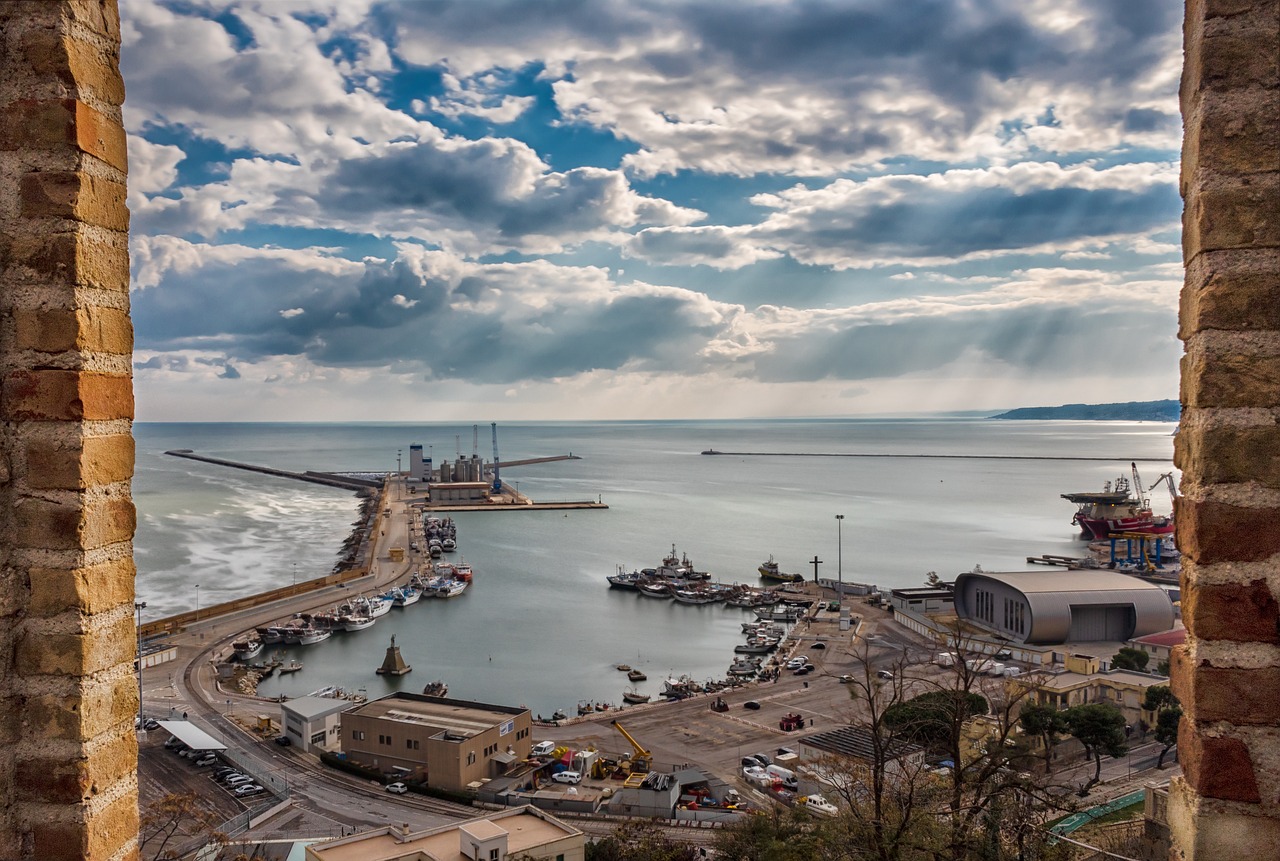Simonsen has released a paper analyzing and identifying the most critical areas along the Paraná River, highlighting the periods of the year with the highest incidence of groundings and providing key recommendations to mitigate risks.
According to the analysis, in 2024 water levels remained near historical lows in the Rosario region. By September of that year, exceptionally low river levels triggered logistical alerts and further disrupted fluvial transport, underlining the continuing fragility of the Hidrovía under changing climatic conditions.
Reflecting on the past decade, specific areas within the Hidrovía have consistently posed higher risks, dubbed “dangerous areas due to frequent incidents of vessels running aground”.
In order to identify high-risk areas with greater precision, the analysis focused on specific kilometers where multiple incidents have occurred at the same location. These areas, considered critical due to the recurrence of events:
- Between kilometers 161 and 167, 5 out of the 7 incidents reported within the 50-kilometer segment from KM 151 to KM 200 were concentrated. Likewise, between kilometers 287 and 290, 8 of the 11 incidents from the previous segment occurred, indicating another zone of elevated risk.
- Special attention should be given to the stretch between kilometers 338 and 344, where 20 out of the 38 groundings previously reported took place. Of these, 7 incidents occurreds specifically at KM 343, and 5 at KM 341, highlighting the concentration of risk within a very limited area.
- Moreover, between kilometers 406 and 411, 10 of the 18 groundings recorded in that 50-kilometer sector occurred, with 7 of them taking place between KM 406 and KM 408.
- Finally, it is noteworthy that all 10 groundings observed in the last 50-kilometer segment under analysis occurred between kilometers 452 and 464, with 6 of them specifically located between KM 452 and KM 454.
Credit: Simonsen
Recommendations
During /outbound transits:
- Pay special attention to the dangerous areas mentioned before.
- Check the permissible sailing draft daily issued by the Coast Guard and the two-foot minimum under keel clearance for safe passage.
- Every effort should be made to avoid an excessive difference between forward and aft draughts.
- Before commencing pilotage, Master and Pilot should thoroughly discuss and plan the passage. This will give the Master advanced awareness of important points on the river.
- Monitor the Pilot’s instructions whilst keeping in mind that the ultimate safety of the vessel rests on the Master.
- The pilot should be included in the bridge team which means that the pilot and bridge team are constantly updating each other on what is happening and what the plan is.
- Check the echo sounder regularly, making sure that the minimum depth is set to parameters that would let sufficient time to react, should the alarm sound.
- Use all the navigation equipment to determine the vessel’s position by multiple options e.g. ECDIS, radar, index lines and visually.
If the vessel runs aground:
Simonsen suggests the following steps:
- Assessment.
- Engagement.
- Execution.
As stated, it may seem elementary, yet one of the most common mistakes is the engagement of tugs without a proper assessment of the incident by a qualified expert. It is important to note that the Shipowner has a 24-hour window to submit an appropriate response plan.




